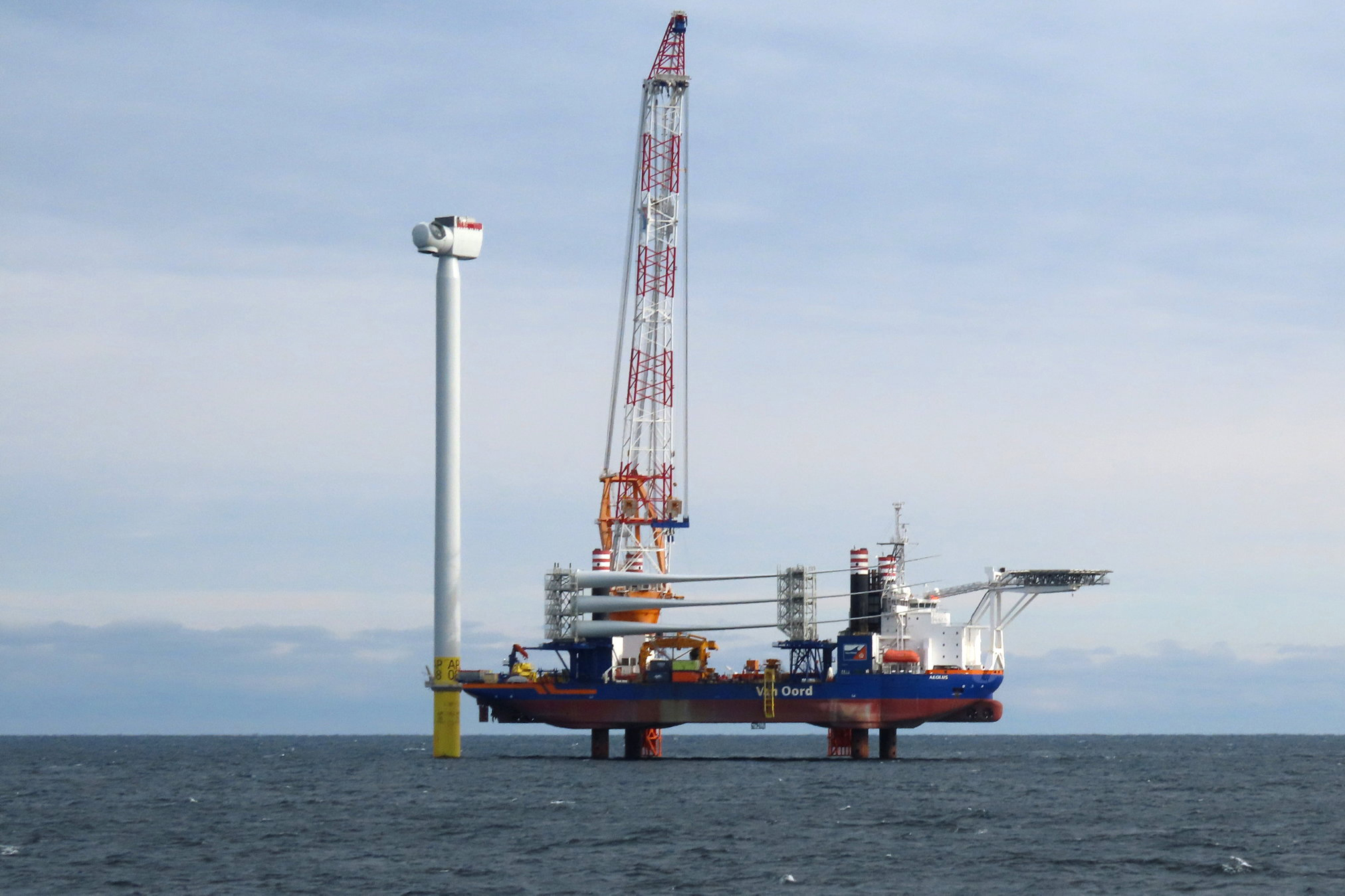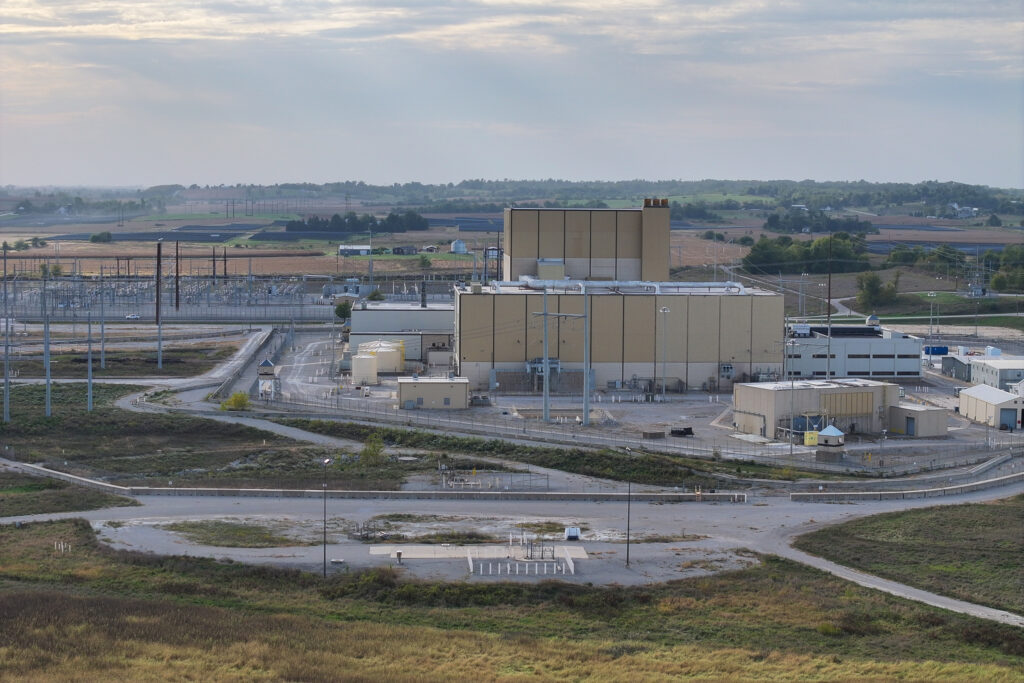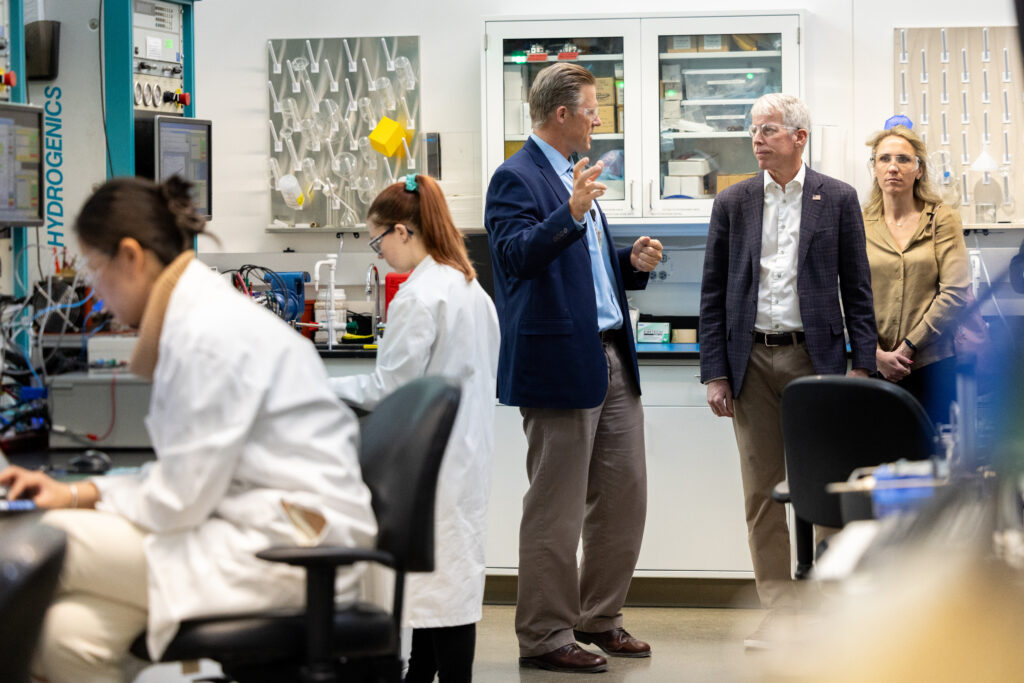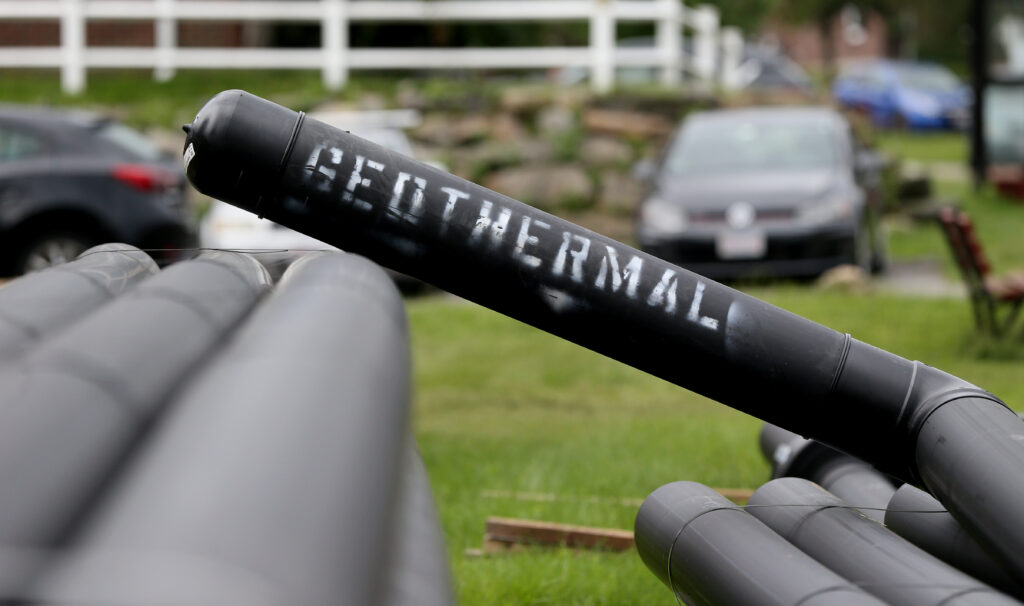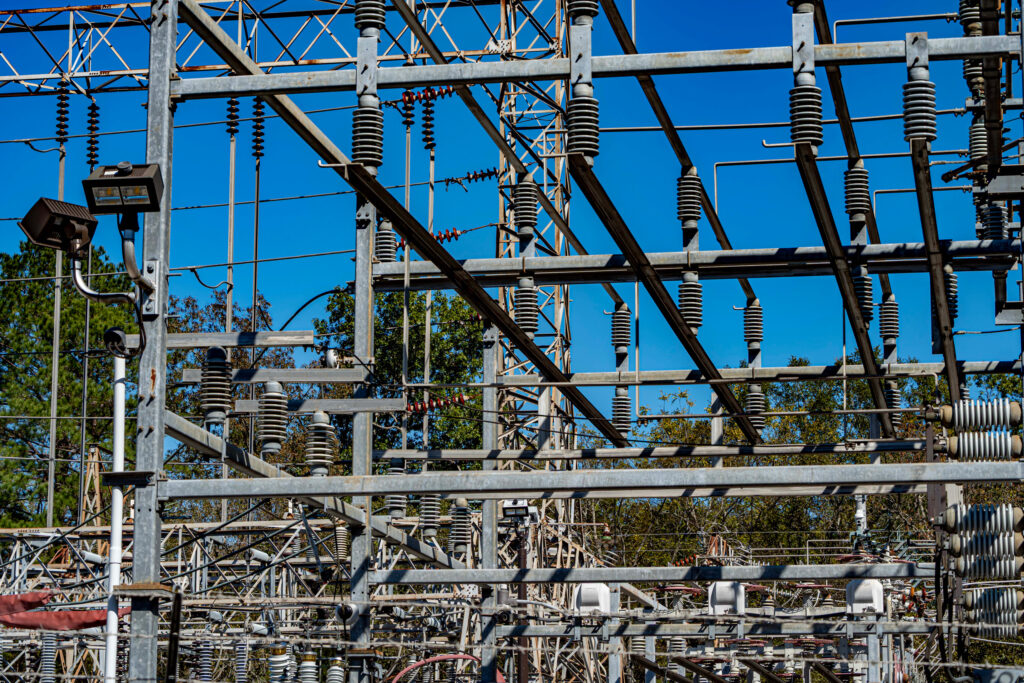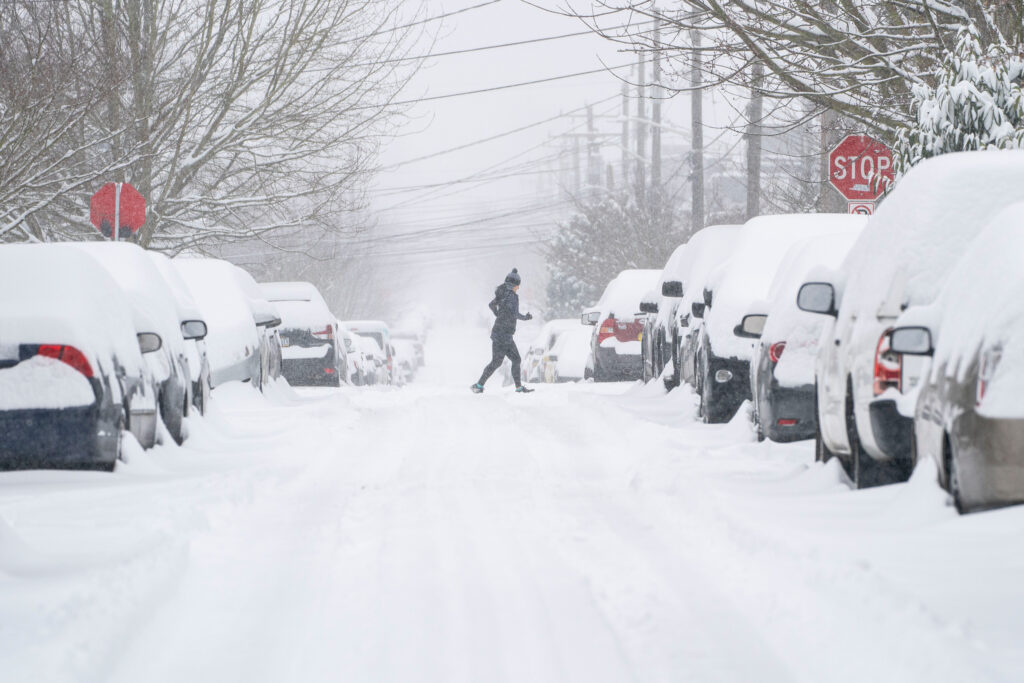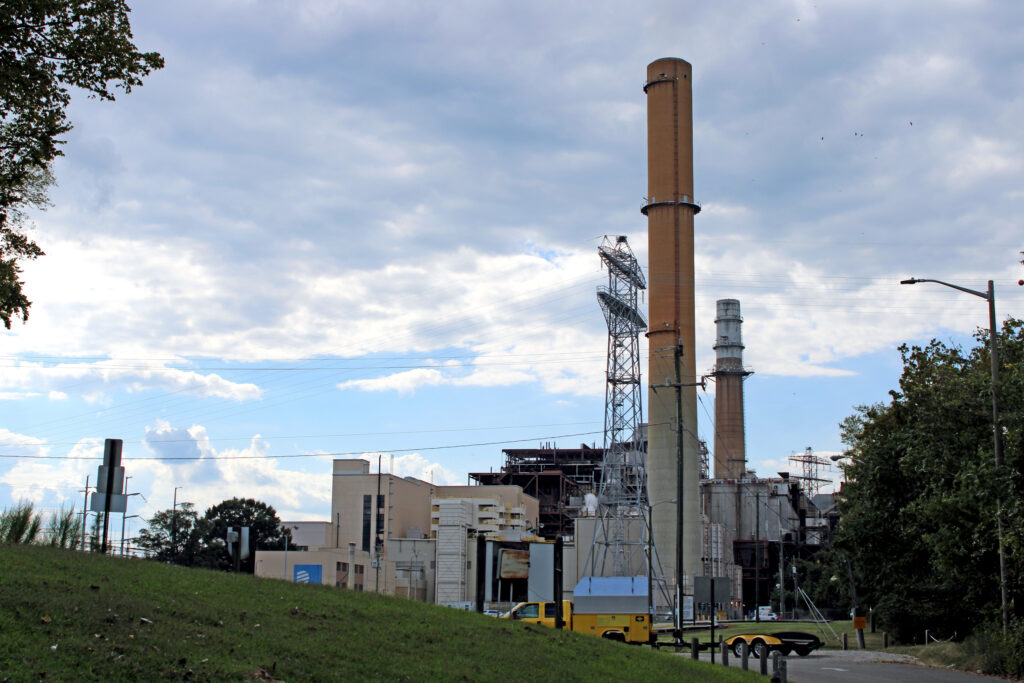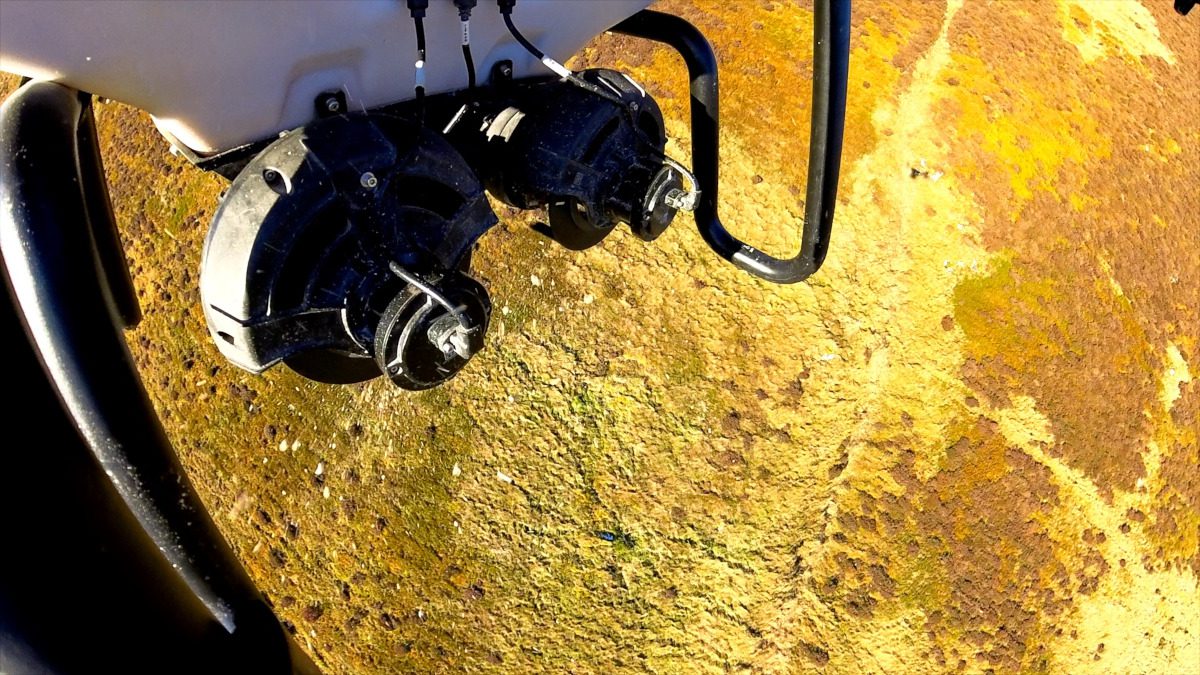For years, Chicago has stood out for its commitment to climate change mitigation and emissions reduction. At the beginning of this year, it hit a milestone: All city-owned buildings are now 100 percent sourced by renewable energy, Mayor Brandon Johnson announced.
In 2022, the city updated its Climate Action Plan with a goal of reducing the city’s carbon emissions 62 percent by 2040 from a 2017 baseline. But funding that would help Chicago meet those goals and pay for a number of other climate projects in the city came from former President Joe Biden’s Inflation Reduction Act, in the form of federal grants and tax credits. Illinois was awarded $430 million from the IRA’s Climate Pollution Reduction Grant program in 2024 to implement climate plans.
Now, President Donald Trump’s flurry of executive orders targeting climate and energy initiatives threaten to cut IRA funding that has yet to be disbursed and could impact how Illinois and Chicago carry out future climate projects.
Trump declared a national energy emergency to try to further increase production of fossil fuels on the same day—Jan. 20—that he withdrew the United States from the Paris Agreement and ordered a halt to new permits for offshore wind projects. In a separate order, he said he was stopping the release of any unspent federal money for EV charging and canceling an “EV mandate,” even though no such mandate exists.
We’re hiring!
Please take a look at the new openings in our newsroom.
See jobs
He also reversed a series of Biden orders that sought to make environmental justice—such as reducing the country’s serious pollution disparities by race and income—a key factor in federal policymaking.
In light of those orders, what will happen to unspent IRA funding and to funding that has been allocated but not delivered is unclear. Repealing the IRA would require a vote in Congress. A Trump administration directive mandating a review and pause in federal spending was ordered Monday. The following day, Illinois Attorney General Kwame Raoul and more than 20 other states sued, calling the funding pause unconstitutional, and the Office of Management and Budget rescinded its directive Wednesday even as the White House insisted that freezes called for in executive orders were still in effect.
On Friday, a judge in the U.S. District Court in Rhode Island issued a temporary restraining order blocking the funding pause.
Environment and government observers expect climate funding to be especially vulnerable as the constitutionality of the orders is tested in court.
Despite these threats, Illinois and Chicago will continue to fund projects and remain committed to reaching climate goals, according to multiple climate groups and city officials.
“We have, for quite some time, been advancing the city’s climate goals without federal funding,” said Angela Tovar, commissioner at Chicago’s Department of Environment and the city’s chief sustainability officer.
Tovar highlighted the 100 percent renewable energy “milestone,” which she said “was a commitment that we made through our energy procurement, which was an important commitment and will help us inch closer towards … our greenhouse gas emissions reduction goals.”
She also highlighted the Climate Infrastructure Fund, a city grant program that awarded portions of a $5 million pot to more than 22 environmental justice nonprofit organizations for projects related to green infrastructure, fleet conversions to EVs and charging stations.
Still, Tovar acknowledged that the IRA “is an important investment that will help us.” The city can’t hit its goals as quickly without it.
“This funding is critical for us to scale the commitments that we’ve already made to the city,” she said. “There are things we can certainly do on our own, and we’ll continue to demonstrate leadership by investing in programs, by advancing policies and continuing to ensure that our climate commitments are integrated into our operations as a city so we will continue to make progress.”
If funding is cut, Tovar said Chicago would seek to tap a number of other funding sources—county, state and private—for grant programs.
“We’ll continue to do work in partnership with those that want to lead on climate to develop solutions to ensure that we get this work done,” Tovar said.
This story is funded by readers like you.
Our nonprofit newsroom provides award-winning climate coverage free of charge and advertising. We rely on donations from readers like you to keep going. Please donate now to support our work.
Donate Now
As an example, Tovar cited Green Homes Chicago, a pilot program that provides free home energy upgrades and energy efficiency retrofits to income-eligible homeowners, including new insulation and heat pump heating and cooling systems. This program is paid for by the city, and would not be threatened by IRA cuts as it is “a completely funded program,” Tovar said.
Other programs that the city funds include Our Roots Chicago, which plants trees in areas with less access to shade, and the Sustainable Development Policy, an effort to increase resiliency through building design.
Illinois’ actions will be perhaps even more important than the city’s in the next few years. States will need to take the lead in protecting the climate and environment, Howard Learner, CEO and executive director of the Environmental Law & Policy Center, a Chicago-based advocacy group that operates throughout the Midwest, told Inside Climate News.
Experts from the Illinois Environmental Council (IEC), a Springfield-based public policy organization, believe the state will still commit to climate initiatives such as renewable energy, although Chicago will have to consider the possible reality that IRA funding will be eliminated.
“Part of it is just speculative, so we don’t know how aggressive the new administration is going to be in taking back those funds,” said Iyana Simba, city programs director at IEC.
“I think we have to assume that things will be terrible,” said Jennifer Walling, IEC’s executive director. “But also, there is current money that still needs to be spent, and a lot of it is in the door already. I think it’ll take a while for the IRA to be completely unwound, and there will be pieces that aren’t unwound. It’s not completely predictable what will occur, and we should make the best use of the funds that are in the door already.”
Both Simba and Walling said that IEC will continue to push for policies that would help the city reach its climate goals, such as the Cumulative Impact Ordinance, which aims to identify environmental justice communities and develop action plans that will lessen their environmental burdens, and the Clean and Affordable Buildings Ordinance, which would set an indoor emissions standard in newly built commercial and residential buildings and homes.
In December, IEC published an analysis of Chicago’s 2025 budget recommendations, in which the mayor proposed increasing the budget for the Department of Environment by almost $1.9 million.
In addition to money from the city, Walling said that climate funding could come from Cook County programs.
As for the state, “there are things like the state Home Energy Rebate program, which still has to be implemented, so there’s some other pieces there that could be coming,” Walling said. Then there’s the Illinois share of money from the IRA Climate Pollution Reduction Grants.
Officials from the Chicago Metropolitan Agency for Planning, or CMAP, which oversees seven counties in Illinois, said funds from those IRA pollution reduction grants are appropriated until 2029, although how the funds will be used exactly has yet to be determined. CMAP is anticipating to receive the funds through May 2027, Nora Beck, principal policy analyst on the group’s climate team, said.
Last year the Illinois Environmental Protection Agency was awarded a federal grant of almost $15 million from the U.S. Department of Energy’s Energy Efficiency Revolving Loan Fund Grant Program, with a project period spanning from June of last year through May 2029.
Beck also cited the recent grant that the Illinois EPA received of $100 million for EV charging and infrastructure, part of $635 million in such grants the Biden administration pushed out in January. It is still unclear how Trump’s orders will impact the ability to access these recently awarded funds.
“The IRA was a massive investment in this space, and it’s going to take a while to get all the money out, and hopefully we’ll see that rolling out in the next couple of years,” Beck said.
She said funds from the Climate Pollution Reduction Grants program, which CMAP participated in, helped develop the Climate Action Plan for the greater Chicago region, which includes 13 counties stretching from Wisconsin to Indiana.
“Our understanding is that from the EPA, that funding is secure, and we will continue to have that money to complete the deliverables that we agreed to do,” Beck said. “We partnered with the Metropolitan Mayors Caucus there, and we are responsible for shepherding the development of the comprehensive Climate Action Plan by December of this year, and then a status report that reports out on our progress by 2027 so we intend to fulfill those obligations per our agreements.”
Some of the efforts developed by CMAP included a greenhouse gas inventory for a “larger area than CMAP normally works with,” extending beyond the counties in Illinois into Wisconsin and Indiana. CMAP is also working with its steering committee and subject matter experts across industries such as transportation and infrastructure in order to develop a slate of pollution reduction strategies, Beck said. Together they’re quantifying the effectiveness of strategies and working to set reduction targets.
She added that, although federal leadership and funding are important, CMAP is focused on quantifying the reductions that can be achieved through state and local action and holding those distinct from strategies that the group relies on from the federal government.
“I think we’re going to learn a lot through this process of being able to articulate just how much control we have on this issue, within the state and local arena, and then what we need from the federal government,” Beck said.
About This Story
Perhaps you noticed: This story, like all the news we publish, is free to read. That’s because Inside Climate News is a 501c3 nonprofit organization. We do not charge a subscription fee, lock our news behind a paywall, or clutter our website with ads. We make our news on climate and the environment freely available to you and anyone who wants it.
That’s not all. We also share our news for free with scores of other media organizations around the country. Many of them can’t afford to do environmental journalism of their own. We’ve built bureaus from coast to coast to report local stories, collaborate with local newsrooms and co-publish articles so that this vital work is shared as widely as possible.
Two of us launched ICN in 2007. Six years later we earned a Pulitzer Prize for National Reporting, and now we run the oldest and largest dedicated climate newsroom in the nation. We tell the story in all its complexity. We hold polluters accountable. We expose environmental injustice. We debunk misinformation. We scrutinize solutions and inspire action.
Donations from readers like you fund every aspect of what we do. If you don’t already, will you support our ongoing work, our reporting on the biggest crisis facing our planet, and help us reach even more readers in more places?
Please take a moment to make a tax-deductible donation. Every one of them makes a difference.
Thank you,





